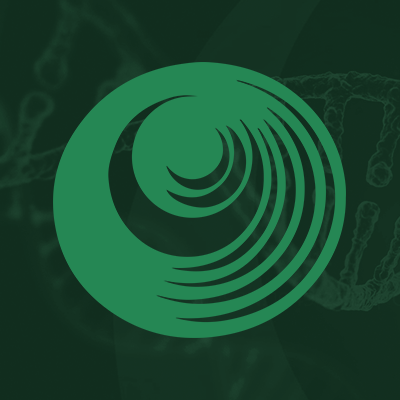Research Papers:
Mechanical stretching promotes the differentiation of BMSC into pelvic floor ligament fibroblasts
Metrics: PDF 541 views | HTML 858 views | ?
Abstract
Bing Zhao1,*, Junmin Wang2,1,*, Chenchen Ren1, Mengcai Hu1, Huiyan Wu1, Lulu Chen1, Xiaojun Liu3, Luwen Wang1, Feng Xu1, Xueqin Zheng1, Juan Chen1 and Shihong Cui1
1Third Affiliated Hospital of Zhengzhou University, Zhengzhou, Henan Province 450052, China
2Department of Human Anatomy, Basic Medical College of Zhengzhou University, Zhengzhou, Henan Province 450052, China
3Henan Medical Equipment Inspection Institute, Zhengzhou, Henan Province 450052, China
*These authors have contributed equally to this work
Correspondence to:
Shihong Cui, email: [email protected]
Keywords: mechanical stretch; BMSC; KDM4B; LOX; elastin
Received: December 28, 2016 Accepted: July 24, 2017 Published: February 07, 2018
ABSTRACT
Pelvic floor dysfunction (PFD) is a prevalent and debilitating condition in aging women that is associated with weakened pelvic connective tissue. Fibroblasts are the main component of pelvic connective tissue and play a vital role in the maintenance of the pelvic organ. Mechanical stretching is a known modulator leading to the proliferation and differentiation of bone marrow mesenchymal stem cells (BMSCs). In this paper, we measured the lysyl oxidase (LOX), elastin and KDM4B expression in cultured BMSCs under different cyclic mechanical stretch (CMS) conditions via Western blot assays. Our findings indicated that the expression of these proteins was significantly higher in the CMS group than in the normal control group, and 10% CMS at a 0.5 Hz frequency had the best stimulatory effect. We further evaluated the influence of KDM4B on LOX and elastin expression via knockdown and overexpression of KDM4B in BMSCs. Chromatin immunoprecipitation (ChIP)-PCR analysis was performed to determine how H3K9me3 and KDM4B affect the regulatory regions of LOX and elastin in BMSCs subjected to 10% CMS combined with KDM4B knockdown. Finally, we verified the expression of KDM4B under CMS in vivo by subcutaneously transplanting KDM4B- overexpressing BMSCs into mice via immunofluorescence assays. The results showed that activating KDM4B by mechanical stretching increased the protein and gene expression levels of LOX and elastin and induced more LOX-positive cells in the BMSCs. These data suggest that CMS contributes to the differentiation of mesenchymal stem cells (MSCs) into fibroblasts, which indicates its potential use as a cell-based therapy for PFD.
 All site content, except where otherwise noted, is licensed under a Creative Commons Attribution 4.0 License.
All site content, except where otherwise noted, is licensed under a Creative Commons Attribution 4.0 License.
PII: 24439

